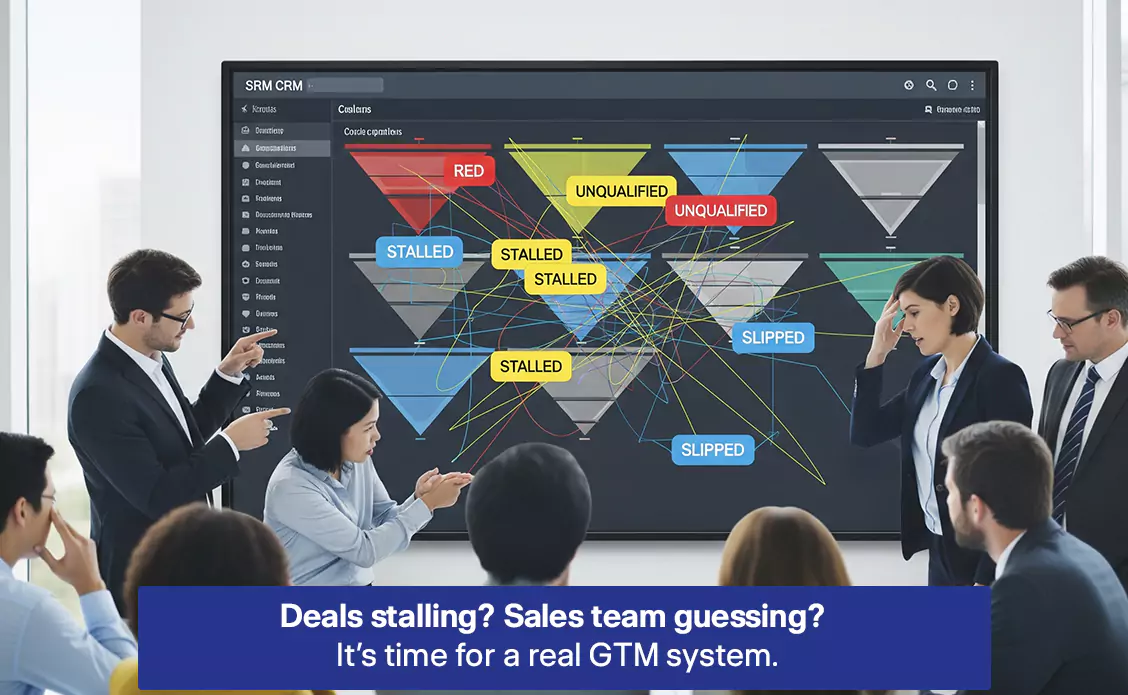Headline teaser:
Tax strategy isn’t just compliance — it’s an enterprise value enhancement lever. In 2025, CEOs who integrate tax planning into capital allocation will protect margins, increase post-tax profit, and strengthen valuation multiples at exit.
Tax Moves That Protect the Multiple.
A globe partially wrapped in a protective financial shield, with directional arrows pointing to different regions. Overlay faint tax percentage symbols and balance sheets, symbolizing global reach with valuation protection.
Why Tax Is Now a Board-Level Enterprise Value Driver
Global expansion is still one of the fastest routes to growth — but without a global tax optimization strategy, cross-border moves can erode enterprise value faster than they create it.
In high-capital sectors like MedTech, where EBITDA margins already face pressure, unoptimized tax structures can cut 3–5% of earnings — a direct hit to enterprise value to revenue multiples and overall market perception.
The New Tax Reality for 2025
Discussions with CEOs reveal three recurring themes shaping tax’s role in enterprise value enhancement:
1. Substance Over Structure
Tax authorities are clamping down on “paper” headquarters and shell entities. Many jurisdictions now require real operational presence — offices, staff, and local revenue — to qualify for favorable tax rates.
CEO action: Align entity structures with operational reality before expansion triggers audits or penalties. This protects market cap vs enterprise value positioning by reducing compliance risk.
2. Digital Services Taxation
Countries are targeting intangible and digital revenue streams — including licensing fees, remote service delivery, and cloud-based diagnostics in MedTech.
CEO action: Review IP and licensing structures now to prevent sudden liabilities that could compress valuation multiples when scaling digital offerings internationally.
3. Incentive Optimization
Governments are offering R&D tax credits, sustainability-linked deductions, and investment grants to attract capital. But incentives come with stringent compliance requirements.
CEO action: Map eligibility for tax incentives before capital deployment to ensure benefits are captured without regulatory setbacks that could harm enterprise value ratios.
Integrating Tax into the Enterprise Value Playbook
Historically, tax was an afterthought — handled downstream by finance. Today’s most successful CEOs bake tax planning into every major capital allocation decision:
- Lower effective tax rates = higher post-tax profit.
- Higher post-tax profit = stronger enterprise value to revenue multiple and better exit valuation.
By connecting tax strategy to capital efficiency, CEOs protect both current profitability and long-term enterprise value growth.
What Investors Expect in 2025
Private equity buyers and public market investors increasingly see tax strategy as a proxy for operational sophistication. A proactive, compliant tax framework signals that leadership can manage complexity — a key factor in driving enterprise value enhancement.
CEOs who demonstrate this foresight win investor confidence and often command higher valuation multiples compared to peers who treat tax as purely a compliance function.
For a deeper look at current market signals and how top-performing CEOs are protecting valuation, explore our latest insights on enterprise value growth strategies for CEOs.





